Descending from creatures that were terrestrial and then amphibious before they were aquatic, cetaceans (whales, dolphins and porpoises) possess some of the animal kingdom’s most fascinating evolutionary histories. This video from the UK artist Jordan Collver traces the evolution of the sperm whale from the amphibious Pakicetus to its present form. After depicting six distinct points in evolutionary history, Collver morphed his still illustrations into one another, incrementally, over ten minutes. The resulting animation, Whalevolution, emphasises that a single strand of evolutionary history isn’t characterised by a series of distinct species, but rather, as Charles Darwin put it, an ‘infinitude of connecting links’.
Watch as the whale becomes itself: slowly, slowly, from land to sea, through deep time
Video by Jordan Collver

videoHuman evolution
Human to fish, and back again: a brisk walk through our evolutionary history
1 minute

videoBiology
What would it mean if we were able to ‘speak’ with whales?
65 minutes
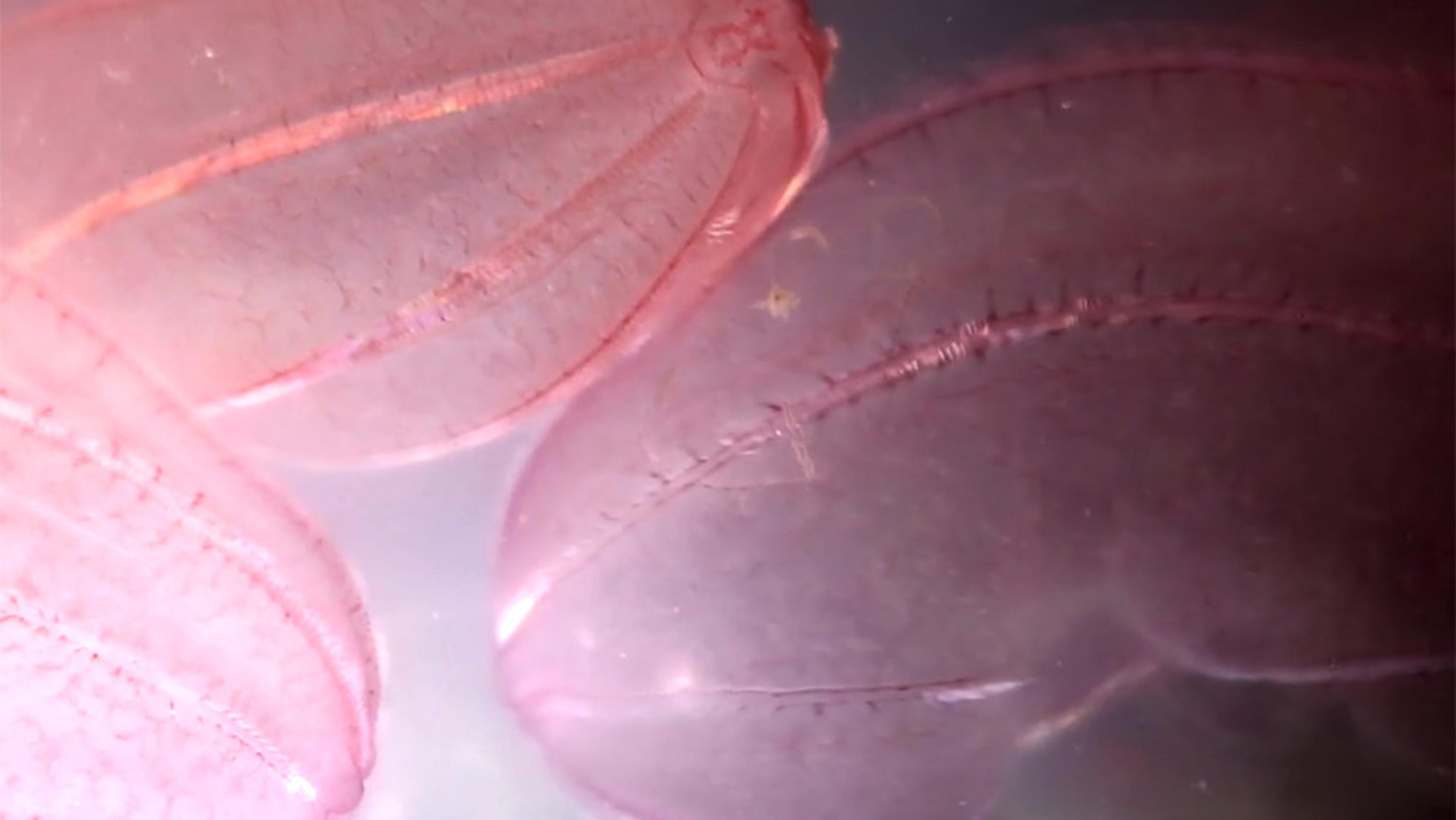
videoEvolution
Take a shimmering, surreal swim with what might be the Earth’s oldest animals
7 minutes
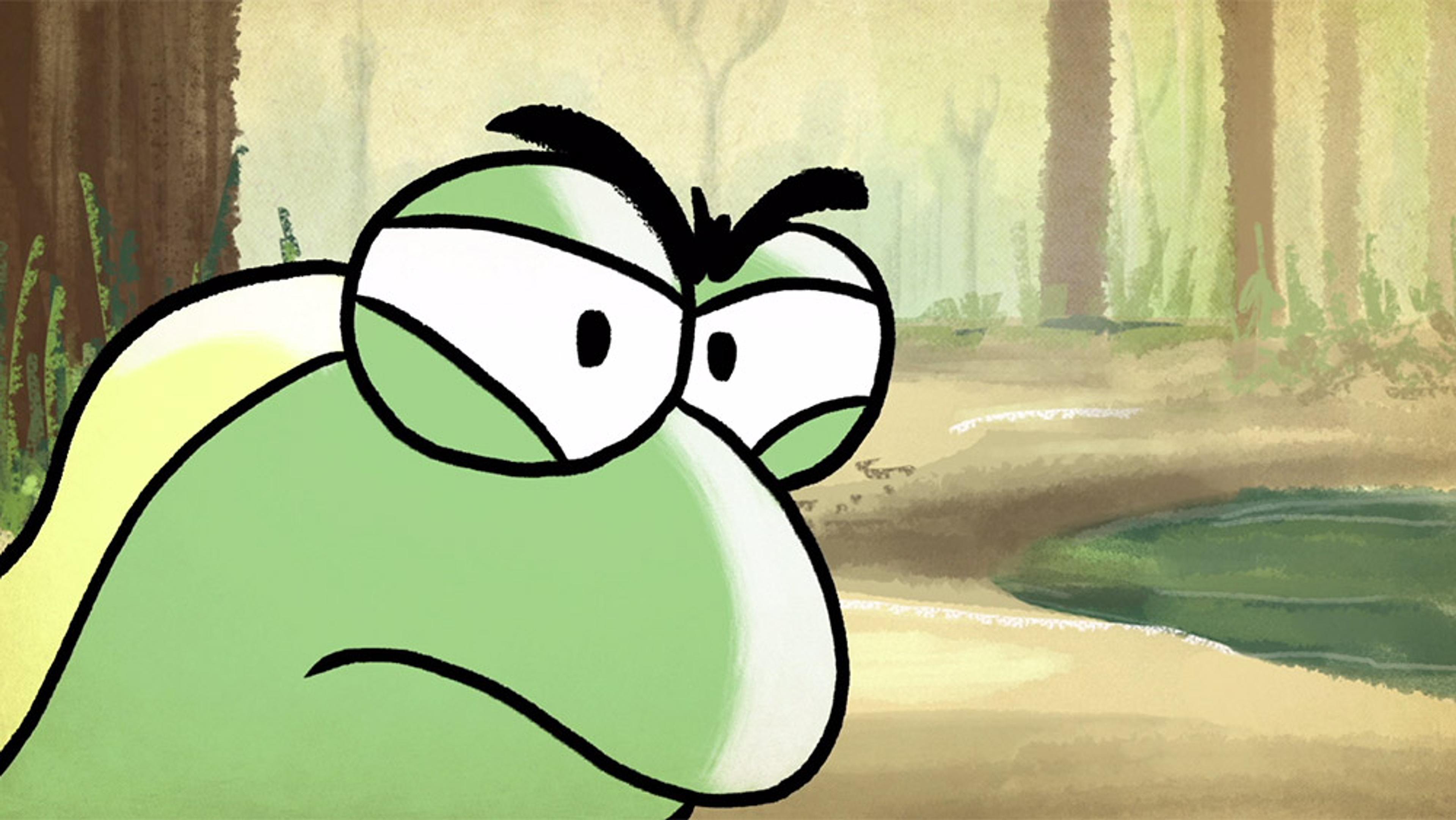
videoHuman evolution
Why did our sea-dwelling ancestors leap to land? It might have been the view
4 minutes
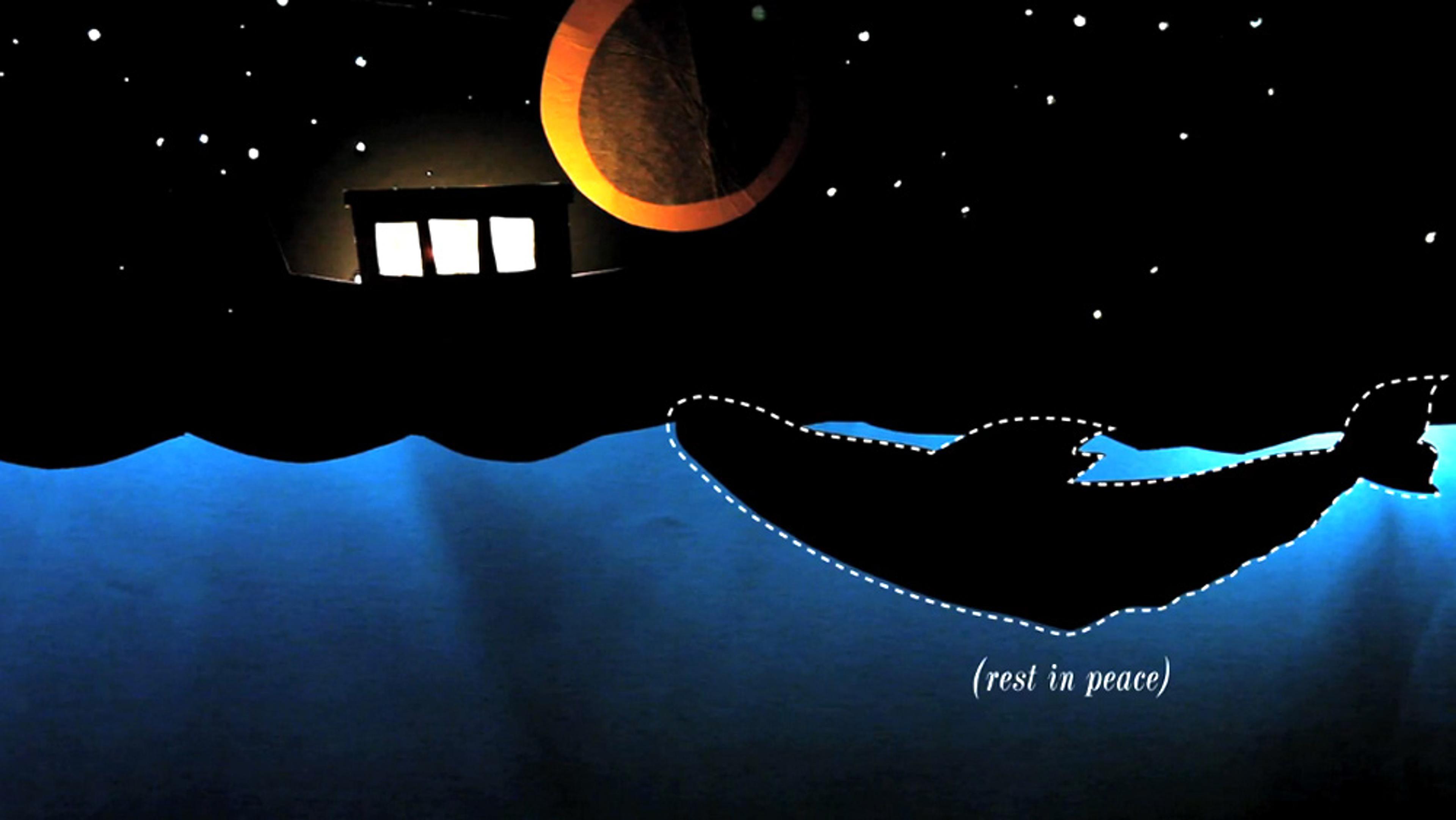
videoEcology and environmental sciences
A whale can live 50-75 years. Its afterlife is equally long and spectacular
4 minutes
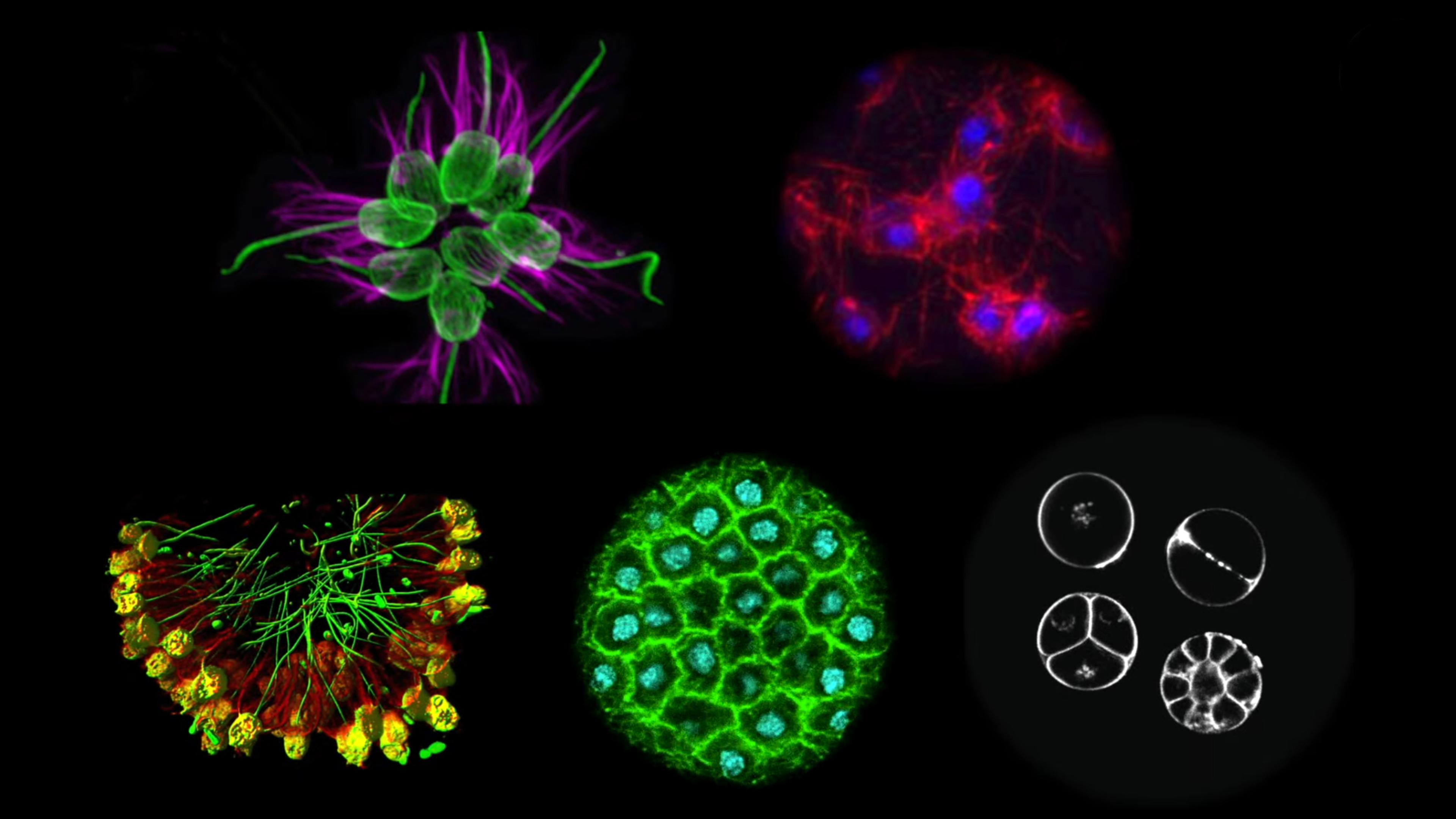
videoBiology
For 3 billion years, life was unicellular. Why did it start to collaborate?
4 minutes

videoHistory of science
In 1938, a fish thought extinct for 65 million years resurfaced, nearly unchanged
7 minutes
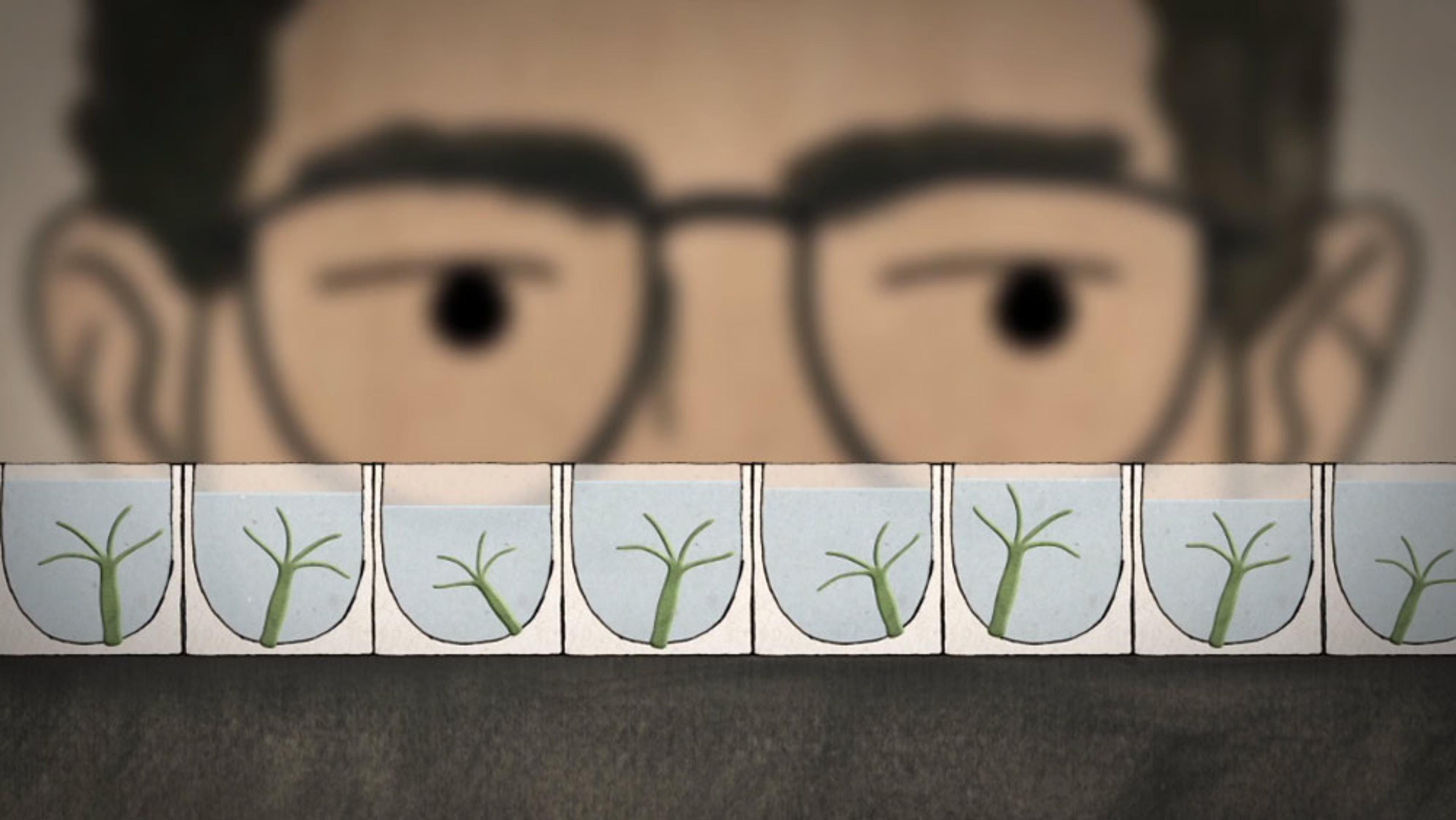
videoPhilosophy of science
The hydra’s amazing resilience challenges ideas that all living things must die
4 minutes

videoBiology
Pearls before squid: how a cephalopod is born, in stunning microscopy footage
5 minutes